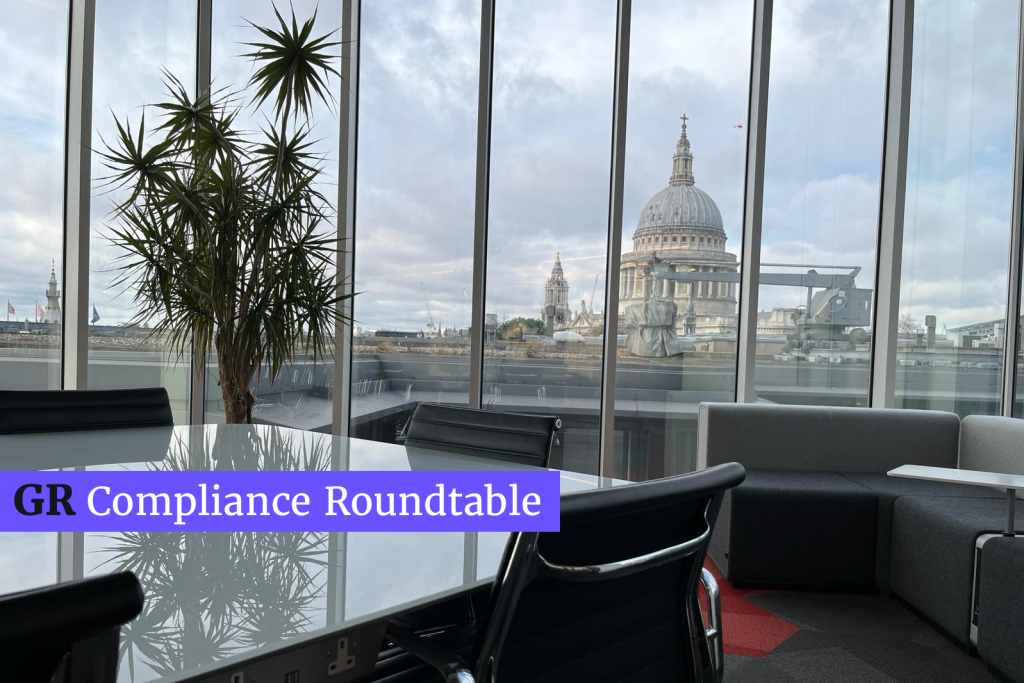Theranos’ blood testing technology was supposed to completely revolutionize healthcare. It was a portable blood analyzer, known as the Edison, that could perform a range of tests on a small finger-prick of blood. Investors pumped millions of dollars into the company, spellbound by founder Elizabeth Holmes and her promises of transforming medicine. She set about assembling a prestigious board that included former US Secretary of States Henry Kissinger and George Shultz, bolstering her credibility.
Except Holmes had misled investors about the accuracy of the Edison. The device was beset with problems, often giving inaccurate readings. In demonstrations with investors, Theranos would covertly use traditional blood testing machines to provide reliable results. When the fraud was eventually exposed and went to trial, Holmes was found guilty of conspiracy to commit fraud against investors, as well as three counts of wire fraud.
Yet her ability to hoodwink investors such as media tycoon Rupert Murdoch and the Walton family, founders of Walmart and the US’s richest family, as well as a number of board members, underscores the challenges of policing fraud and market abuse at the very summit of an organization.
Why C-Suite is hard to detect
“The difficulty is that, if you’ve got senior management involved in whatever the criminal activity is, it’s very difficult to detect, because they’ve got much more room to maneuver in terms of what they do,” says Jane Jee, chair of regtech firm Kompli-Global and leader of the Payments Association’s Project Financial Crime team.
Determined wrongdoers are also going to take extra care to cover their tracks and make it difficult for compliance or anyone else to detect what they are up to.
“Any sort of wrongdoing at that level is not usually going to be on documented emails or servers or anything because, if they’re going to be up to no good, they will hide their conduct very actively because they know that not only are they at risk, but their actions put the company at risk as well,” says Claire Shaw, a consultant solicitor at Keystone Law.
Another issue is that subordinates are unlikely to press any members of the C-Suite on potential wrongdoing, either out of fear for their careers or due to general deference to seniority.
“The best weapons against this are transparency and culture. If you’ve got policies and procedures that demand transparency from employees, senior management needs to be living by example.”
Claire Shaw, consultant solicitor, Keystone Law
“Those at the top of organizations are very often not subjected to the sort of challenge and scrutiny that promotes ethical conduct, and to which they subject those who are subservient to them,” says Quinton Newcomb, a partner at Fieldfisher. “This can lead to a sense of invincibility among senior management and imply that they don’t have to comply with company policies or even the law.”
The scale of wrongdoing can also be far more serious given that the more seniority someone has, the more they can influence events and the more damage they can potentially cause.
“They can override controls, or they can justify things where people maybe might not question them as much as if it was someone less senior,” says Rachel Sexton, partner in EY’s financial crime team.
Complicating the issue
Regulatory overlap is another reason why financial crime isn’t being consistently addressed.
“There are too many government departments who are involved in policing it, so there are too many different angles with no one being ultimately responsible for making sure that companies behave properly,” says Jee.
The complexity of many fraud cases also means investigators often shy away from cases where they are not confident of securing a conviction.
“Prosecutors tend to pick cases which are going to be easy to prosecute and don’t involve a lot of research,” says Jee. “The problem is quite a lot of these cases are very complicated.”
While detecting C-Suite-orchestrated fraud is notoriously difficult, organizations can put in place various checks and balances to minimize the potential risk of senior executives abusing their positions.
“The best weapons against this are transparency and culture,” says Shaw. “If you’ve got policies and procedures that demand transparency from employees, senior management needs to be living by example. If that is seen to be the case, it’s very difficult for somebody at a senior level to be transparent on the one hand and then deliberately hiding their actions on the other.”
Having a proper financial crime and fraud risk assessment in place is also a key step that companies should be taking to identify potential threats, no matter how unlikely they may seem.
“You have to know where those risks sit, and that absolutely has to include your insider risks,” says Sexton. “That’s something that our clients haven’t always done in the past and don’t always think about now, because people don’t want to think that insiders would do anything nefarious or that senior management are going to do anything that would hurt the organization.”
Strong and competent directors
Companies also need a strong board of directors that will scrutinize managers effectively and hold them to account.
“We see with a lot of the frauds that we investigate that there is often a domineering member of management who tells everyone that everything is all fine, and they steer the board,” said Sexton. “So you need a board that pushes back against management.”
Internal audit teams should also be independent and have a safe platform where, if they find an issue, they can raise it without the risk of being shut down by the business, Sexton says. “Sometimes there is an adversarial relationship between internal audit and the business. But their job is to challenge and surface some of those issues so they can be addressed rather than the business feeling like they are trying to catch them out.”
While auditors can help to flag when something is suspicious or doesn’t quite add up, most fraud is detected in other ways.
“One line of defense is the external auditors who will come in and ask questions. But as external auditors, we don’t design the audit to detect fraud and because of the nature of it, it’s very hard to detect,” said Sexton.
In the case of Theranos, for example, the fraud was eventually exposed in part because whistleblowers spoke to a Wall Street Journal reporter. Sometimes frauds can simply be exposed by chance. In one instance, a fax sent to a wrong number set off a sequence of events that led to the collapse of London-based metals group RBG Resources and, ultimately, the jailing of three executives who scammed banks out of hundreds of millions of pounds in loans by using false documents.
“If you’ve got a situation where somebody is leading the bad behavior and there is an almost awed mindset where others feel anxious about calling it out, in those cases it does generally end up with the company going under.”
Jane Jee, chair, Kompli-Global and leader of the Payments Association’s Project Financial Crime team
“A fax that should have been sent to a party to the fraud was accidentally sent to PwC, which was a script which outlined what the party should say if the auditors asked them questions,” says Shaw. “The accountant at PwC thought something didn’t look right and, upon investigation, the fax was linked back to the main guy of the company. So they put two and two together and it went on to the authorities from there.”
Fraud leads to collapse
In many cases where frauds have been committed by people in positions of power – from Enron to Theranos – the company has subsequently collapsed.
“If you’ve got a situation where somebody is leading the bad behavior and there is an almost awed mindset where others feel anxious about calling it out, in those cases it does generally end up with the company going under,” says Jee.
The extent to which companies can survive such episodes also depends on how they react to any investigation or enforcement action.
“If you stonewall everybody, it can end up costing so much money that the company collapses or is acquired by another company,” says Shaw.
Yet even if a company survives the transgressions of its senior executives, the corporate scars can be deep and long-lasting.
“That can create a culture of distrust, reduce productivity, lead to the loss of talented employees to competitors, and the drain of significant amounts of management time in responding to an investigation,” says Newcomb.












